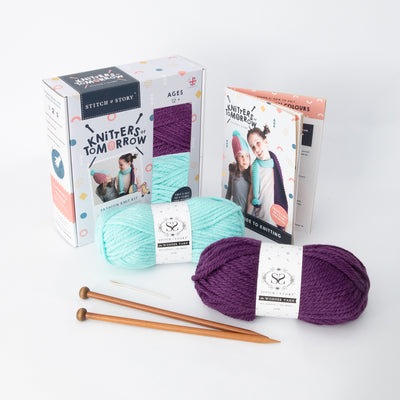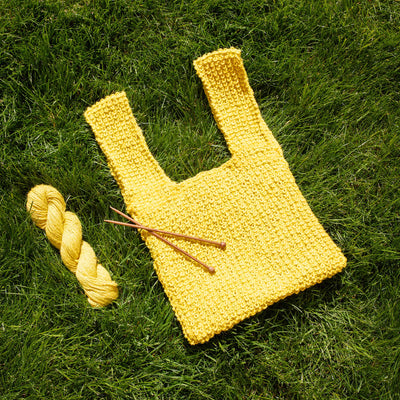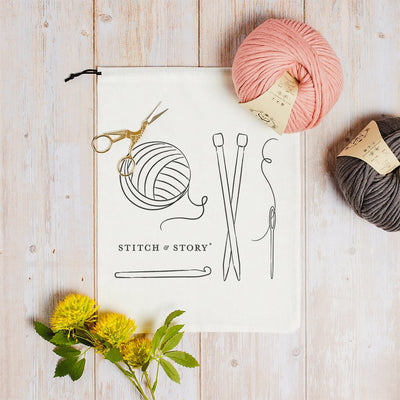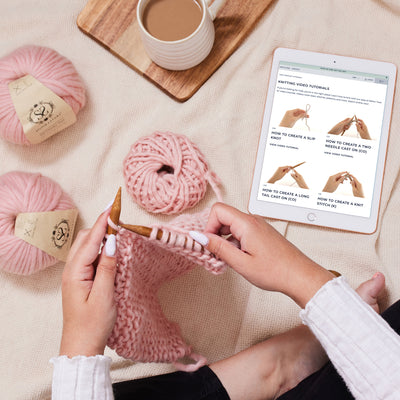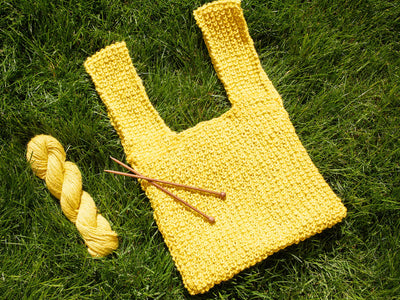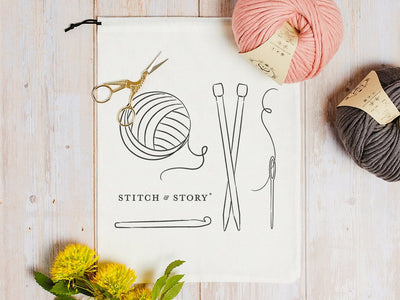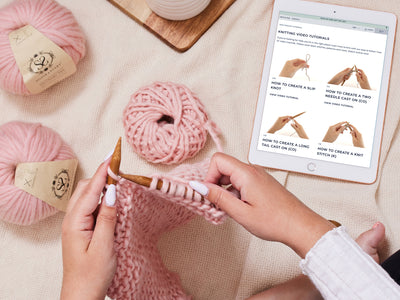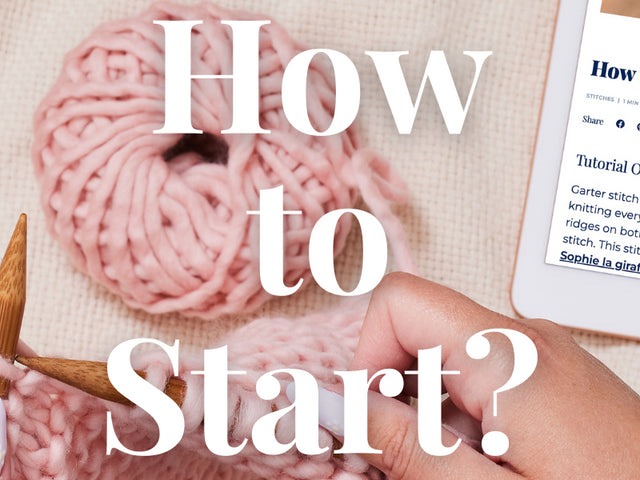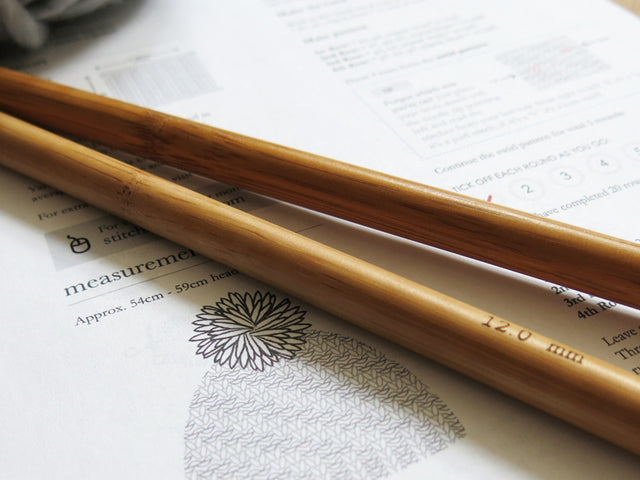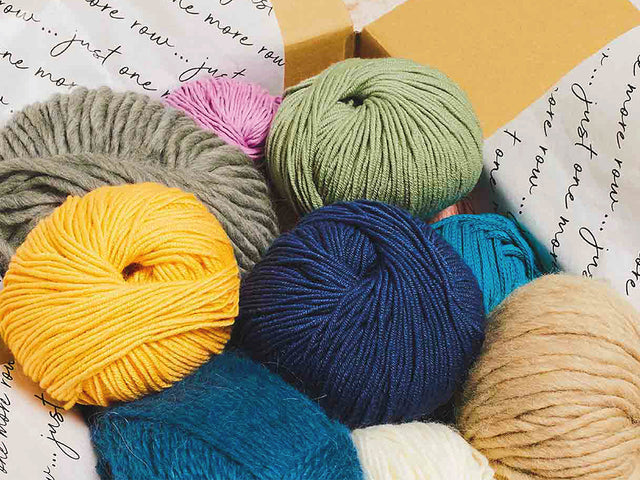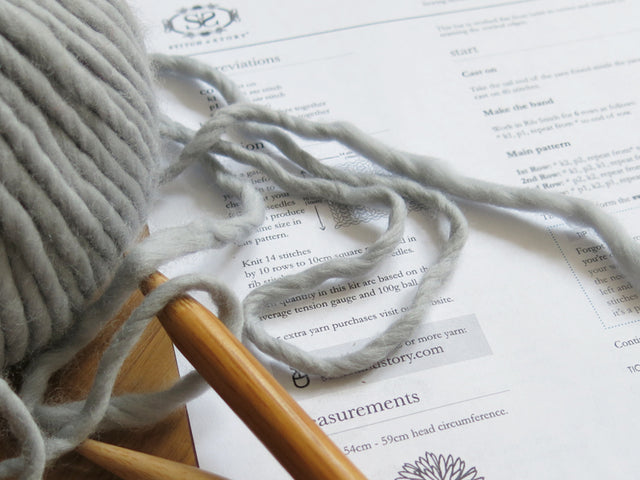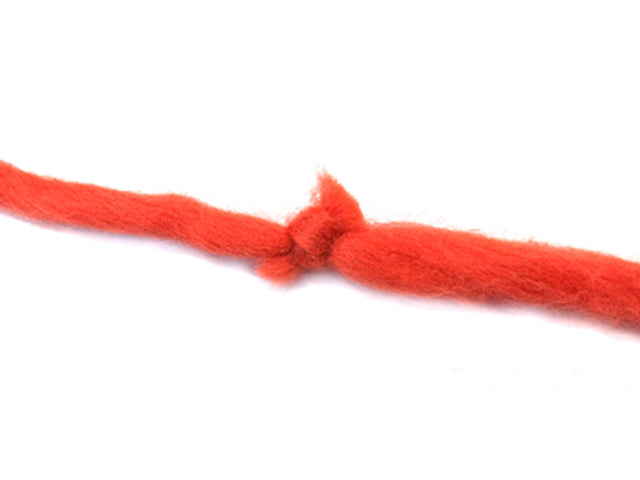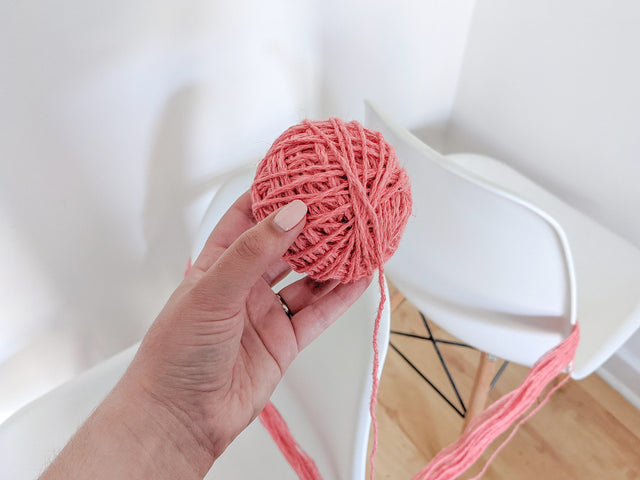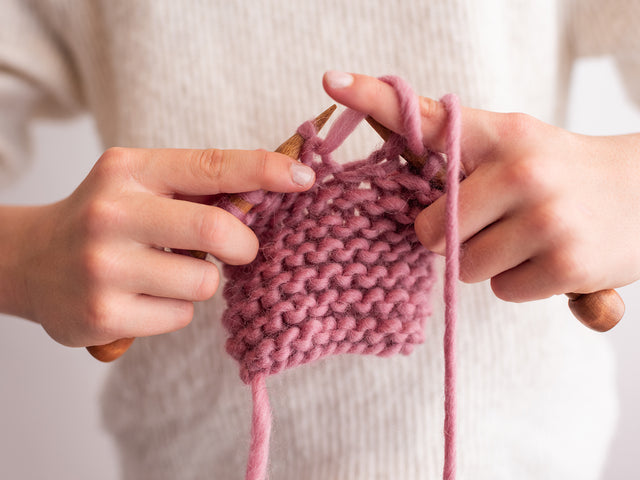
The language of patterns - decoding repeats
Crochet | 6 min read time
Hello crafters,
The first time you pick up a knitting or crochet pattern it may feel like you’re reading a foreign language. Not unlike secretarial shorthand, patterns are written using a combination of abbreviations, numbers and symbols. This “code” saves space and actually makes a pattern easier to read. Becoming familiar with the abbreviations and symbols is the first step you need to take towards decoding the pattern language. For a complete overview and to learn more about understanding patterns and how to read them, read our Part 1 and Part 2 blog posts.
Most knitting and crochet patterns have a series of steps that are repeated several times across a row or round. Rather than writing these out in long-form, which would take up a lot of space and could make the pattern more confusing, symbols such as asterisks * are used to indicate repeats. When learning to read patterns these repeat sections can feel a bit more difficult to decode so below we’ve broken these instructions down further and included some tips on how to make it easier to read knitting and crochet shorthand.
BEGINNER’S GUIDE - HOW TO BREAKDOWN REPEATS IN KNITTING AND CROCHET PATTERNS
Comma ,
Punctuation in patterns is very important and the comma is the most important symbol you need to acknowledge in order to correctly follow the instructions. Everything written in a pattern between commas is treated as one step. Much like brackets in a mathematical equation, you deal with the instructions separated by the first comma before moving on to the next.
Examples
Crochet
6th rnd: dc7, dec x 3, dc7.
The commas in this line of pattern break the round into three steps. They are;
Step 1 - double crochet the next seven stitchesStep 2 - make three decrease stitches in succession
Step 3 - double crochet the next seven stitches

Knitting
p2, k2, p8, k2, p2 (Bounty Throw pattern, sample)
The commas in this sample line of pattern break the row into five steps. They are;
Step 1 - purl the next two stitchesStep 2 - knit the next two stitches
Step 3 - purl the next eight stitches
Step 4 - knit the next two stitches
Step 5 - purl the next two stitches
Breaking a row or round into easily digestible steps makes it easier to follow. You can then, if you wish (or if a step feels particularly tricky), break that step down into its individual stitches. The first step of the crochet round above, dc6, would look like dc, dc, dc, dc, dc, dc written out in its entirety. It’s not recommended to rewrite an entire pattern in long-form but if it makes it easier for you to write out the stitches of some steps as you’re learning, then do what works best for you. Sometimes just breaking down the steps or using coloured pens to make the commas more obvious or highlighting certain sections is enough. In the sample above, from the Bounty Throw Pattern, highlighting p8 might help you to not overlook the ‘odd’ quantity of stitches in the sequence.
Asterisk *
Knitting and crochet patterns are full of repeats and an asterisk is the symbol most commonly used to indicate them. There are several ways an asterisk and repeat may be written in a pattern. The asterisk will always appear before the sequence of stitches that have to be repeated but the text instructing how many repeats need to be done may vary. Below are four different examples from Stitch & Story patterns and how to break these down.
Examples
Crochet
4th rnd: ch1, repeat * dc2, dc2 in the next st * to end. (José Fringe Basket pattern - UK Terminology)
There is a combination of commas and asterisks in this line of pattern text. Ignoring the asterisks for now and just focussing on the commas would indicate three steps;
Step 1 - make one chain stitchStep 2 - double crochet the next two stitches
Step 3 - double crochet two stitches into the next stitch - also known as an increase stitch (inc)
The asterisks around step 2 and 3 indicate these steps need to be repeated, in this case to the end of the round. So step 4 will be the same as step 2, and step 5 will be the same as step 3, and so on until the round is done.
In this pattern, you’re working the 4th rnd on a base of 18 stitches. If you were to write out the line in a long-form across those 18 stitches it would look like this:
ch1, dc, dc, dc2, dc, dc, dc2, dc, dc, dc2, dc, dc, dc2, dc, dc, dc2, dc, dc, dc2.
3rd rnd: Repeat *dc2, inc* 4 times.
This line of pattern is very similar to the above from the José Fringe Basket. The slight differences are that ‘dc2 in the next st’ is written as ‘inc’ in this pattern and rather than repeating to the end, it says to repeat 4 times.
Looking at the commas there are two steps;
Step 1 - double crochet the next two stitchesStep 2 - make an increase stitch - also known as double crochet two stitches into the next stitch (dc2 in the next st)
The asterisks indicate that these steps need to be repeated and, in this row, 4 times (making it eight steps in total).
If you were to write out the line in a long-form it would look like this:
dc, dc, inc, dc, dc, inc, dc, dc, inc, dc, dc, inc.

Knitting
1st row: * k2, p2, repeat from* to end. (Luca Pom Hat pattern)
Looking at this line of pattern there are two steps indicated by commas;
Step 1 - knit the next two stitchesStep 2 - purl the next two stitches
The asterisks indicate that these two steps need to be repeated to the end of the row.
This is a row of 40 stitches which, written in a long-form, would look like this:
k1, k1, p1, p1, k1, k1, p1, p1, k1, k1, p1, p1, k1, k1, p1, p1, k1, k1, p1, p1, k1, k1, p1, p1, k1, k1, p1, p1, k1, k1, p1, p1, k1, k1, p1, p1, k1, k1, p1, p1.
12th Row: * p1, k2, k2tog, k2, p4, k2, k2tog, k2, repeat from * twice more, p1. (Cable Coo Hat pattern)
Like the line of José Fringe Basket pattern above, this line has stitches that aren’t included in the repeat. Unlike the José Fringe Basket, this p1 stitch is at the very end of the row and is the final step, therefore you need to focus on the repeat section (indicated by asterisks *) first.
Looking at the commas, the repeat section has eight steps:
Step 1 - purl the next stitchStep 2 - knit the next two stitches
Step 3 - knit the next two stitches together (this is a decrease stitch)
Step 4 - knit the next two stitches
Step 5 - purl the next four stitches
Step 6 - knit the next two stitches
Step 7 - knit the next two stitches together (this is a decrease stitch)
Step 8 - knit the next two stitches
The asterisks and text indicate that these eight steps need to be repeated twice more (a total of twenty-four steps). The final step (step 25) is to purl the next stitch.
If this line of pattern was written in a long-form it would look like this:
p1, k1, k1, k2tog, k1, k1, p1, p1, p1, p1, k1, k1, k2tog, k1, k1, p1, k1, k1, k2tog, k1, k1, p1, p1, p1, p1, k1, k1, k2tog, k1, k1, p1, k1, k1, k2tog, k1, k1, p1, p1, p1, p1, k1, k1, k2tog, k1, k1, p1.

As you can see above, lines of pattern written out in a long-form can look a bit confusing and are difficult to focus on. This is why patterns use numbers and asterisks to indicate repetitions. While it’s impossible to write out repeat instructions in a long-form for every single pattern you pick up, decoding and writing out small sections or using a pen to highlight specific steps, such as increases or decreases, may make following the pattern that bit easier.
TIP - Always make sure you’ve read through the abbreviations segment of a pattern thoroughly and made note of any specific symbols and their definitions outlined there before you begin. Reading the abbreviations segment is a must for every pattern, even if you’ve read patterns from the designer before, as occasionally symbols are used differently for specific projects.
Hopefully repeats and reading patterns doesn’t seem so daunting now. As always practice makes perfect and the more patterns you pick up and read the easier decoding knitting and crochet shorthand will become.
Happy crafting!
